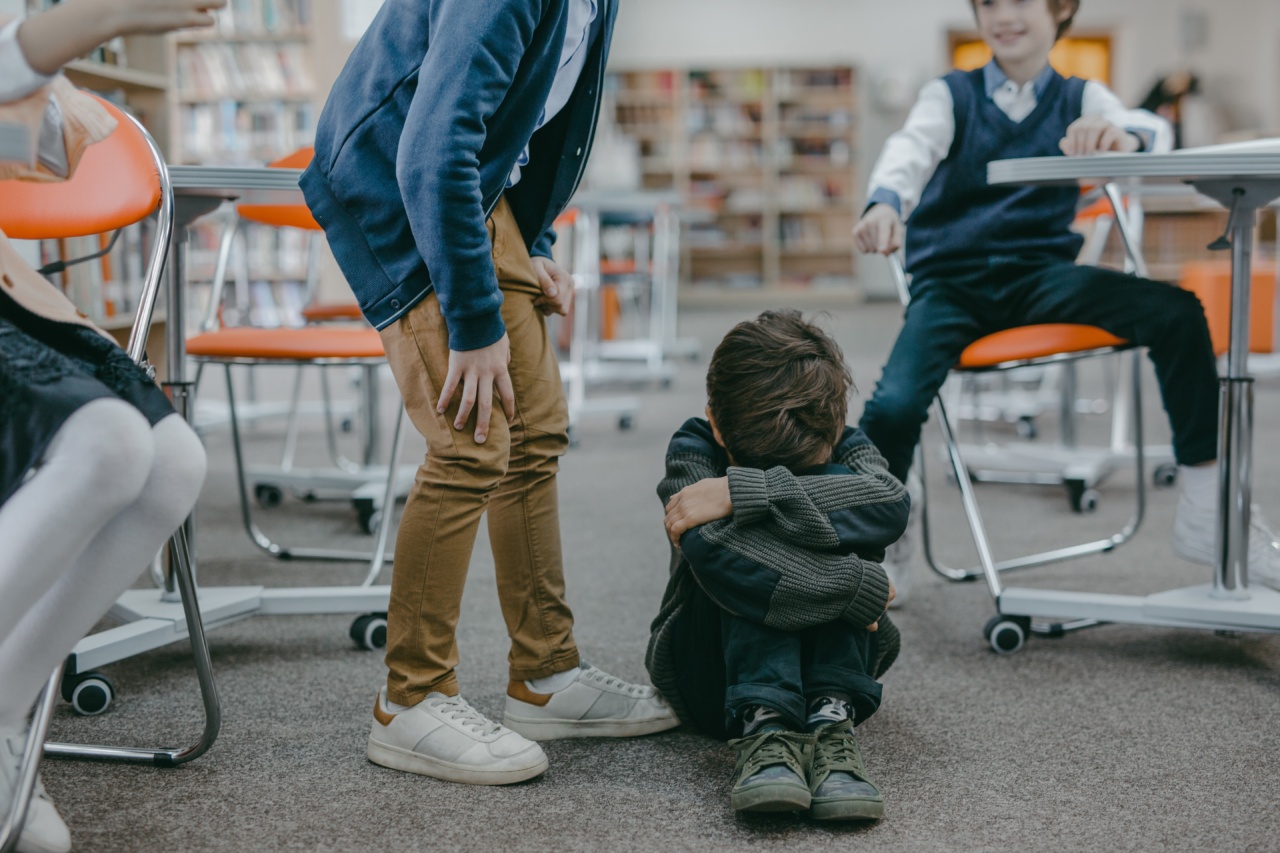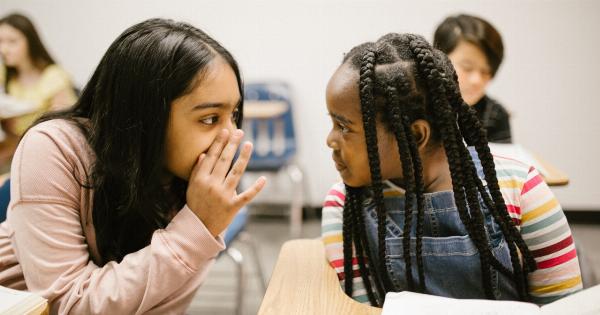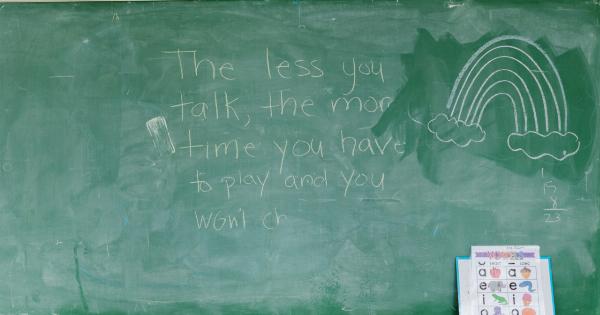Bullying in schools is a pervasive issue that affects millions of children every day. It is a serious concern that affects not just the victim but also the bully and the environment in which they both operate.
As schools try their best to provide a safe learning environment, bullying remains an obstacle to achieving this goal. In this article, we will explore the issue of bullying in schools, its effects on the parties involved, and the strategies that schools can use to combat it.
What is bullying?
Bullying can be defined as the use of aggressive behavior to intimidate or harm others. Bullying may take many forms, including physical, verbal, or cyber. These acts are often repeated and may leave the victim feeling helpless, fearful, and alone.
The Effects of Bullying
Bullying has far-reaching effects on the victim, the bully, and bystanders. Research has shown that the victim of bullying may experience a range of negative outcomes, including anxiety, depression, and suicidal thoughts.
Victims may also exhibit poor academic performance, increased school absenteeism, and behavioral problems. The bully can also experience negative outcomes such as reduced empathy and social skills, increased aggressive behavior, and academic struggles. Bystanders, too, can experience negative outcomes such as anxiety, guilt, and fear.
Why is bullying a problem in schools?
Bullying is a problem in schools because it creates an environment that is not conducive to learning. Students who are bullied may feel afraid or embarrassed, and they may miss out on important classroom content or socializing opportunities.
Students who bully others, on the other hand, may struggle with their academic work or with other relationships, which could ultimately impact their future success. Additionally, bullying can lead to a toxic school culture where students feel unsafe and unsupported by teachers and staff.
What strategies can schools use to combat bullying?
There are several strategies that schools can use to combat bullying:.
1. Educate Students and Staff
Schools should ensure that students and staff are aware of what constitutes bullying and the negative impact it has on individuals and the school environment.
This education should include specific examples of bullying and how to recognize and respond to it. Schools can also establish an anti-bullying policy that outlines the school’s position on bullying and the consequences for those who bully others.
2. Support for Victims
Schools should provide counseling services for victims of bullying. It is important that victims know that they are not alone and that there is help available.
Schools can also establish support groups for victims and provide resources for coping with bullying.
3. Training for Teachers and Staff
Teachers and staff should be trained on how to recognize and respond to bullying. This training should include how to intervene when bullying occurs and how to provide support for victims.
Teachers and staff should also be aware of the school’s anti-bullying policy and their role in enforcing it.
4. Empower Students to Take Action
Students should be empowered to take action if they witness bullying. Schools can provide training on how to be an ally to victims and how to effectively intervene when bullying occurs.
Students can also be encouraged to report incidents of bullying to teachers or staff members, who can then take appropriate action.
5. Create a Positive School Climate
Schools should work to create a positive school climate that promotes empathy, kindness, and respect. This can be achieved by implementing programs that focus on social and emotional learning, positive behavior interventions, and community service.
When schools prioritize a positive school climate, students are less likely to engage in bullying behaviors.
Conclusion
Bullying is a pervasive problem in schools that affects millions of children every day. It has negative consequences for the victim, the bully, and the environment in which they both operate.
To combat bullying, schools can educate students and staff, support victims, train teachers and staff, empower students to take action, and create a positive school climate. By working together, schools can create an environment where all students feel safe, valued, and supported.















